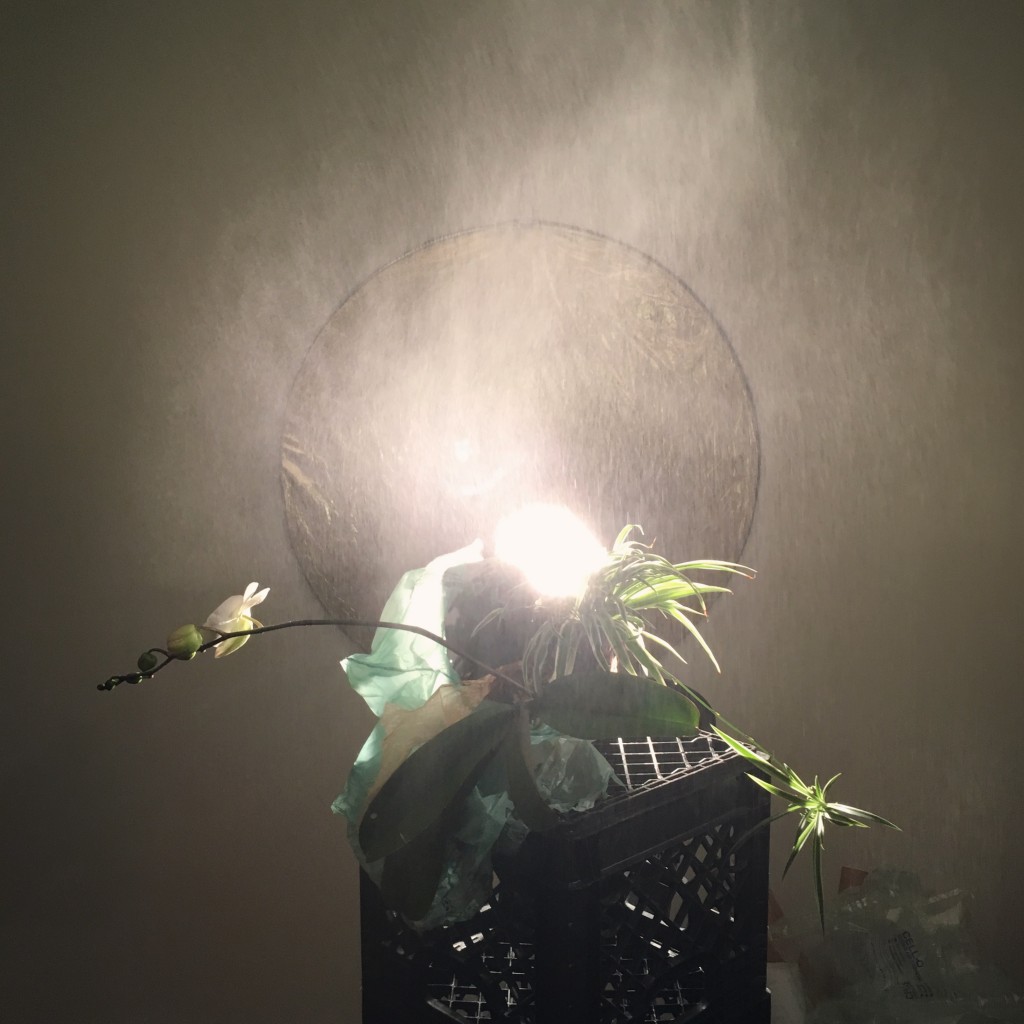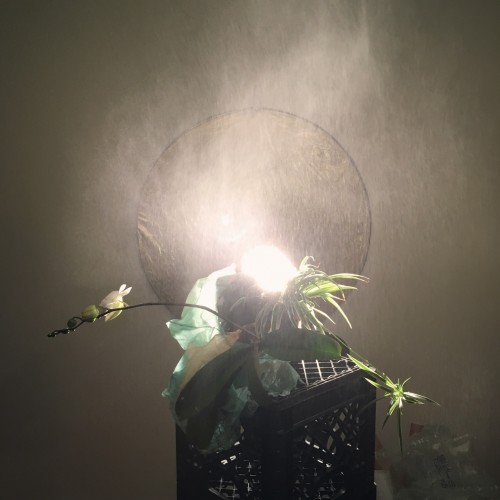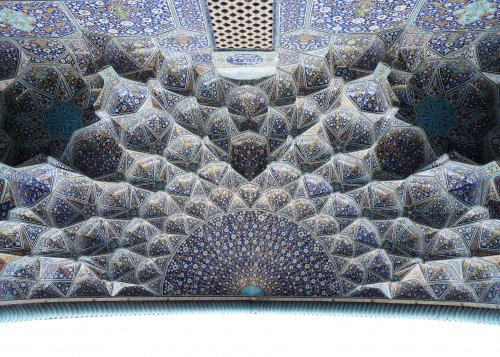
Emergence, Fractality, and Transcendence
The most interesting houseplants are the ones which survive everything, bearing the marks of their survival on their leaves. This week I found myself thinking about the ways in which light and transcendence can be folded into the concepts surrounding emergence. My thesis depends on this synthesis.

I would like to think that the way rainforest plants inhabit the atmosphere, the earth is kind of constantly baptising them, especially when they live on mossy tree branches.
Emergence is the tendency of networks to demonstrate resilient byproduct-effects of being connected to other independent actors as well as systems. For example, an emergent property of a forested mountainside is that it absorbs water, releasing it steadily over time like a sponge. This allows streams to exist as continuous, steady presences in areas with soil and vegetation. This then allows for any number of biological things to occur in this water, whole ecosystems borne out in the low points of the land simply because the side of a mountain has trees. This very simple gesture generates a series of other gestures that reach back to interact with the original gesture—having more water in the vicinity means there will be more trees, and thus more water.
Emergence is often linked, at least in a Venn diagram kind of way, to concepts such as fractals, which in popular culture point to the existence of a higher power and larger design as extricable from the patterns and recurrent numbers in nature. If it were possible for the concept of emergence to be linked theoretically in a paper somehwere to concept of fractality, then this paper would be much more easily hinged to ideas of transcendence and “the light.” It seems as if the modern equivalent of “light” is becoming again intricate patterning.
Art from the East often demonstrated these concepts, such as in the interior of mosques. These interiors are highly decorated in patterns that are highly fractile in nature. The Islamic faith forbids depictions that are not highly stylized verse from the Quran.

At each geometric level there is ever increasing complexity!
In other forms of Eastern artwork we find again the recurrent conceptual frameworks of pattern and self-similarity, suggesting that perhaps the devil was never in the details, but that “God” always has been. I believe this to be important. It’s important because it allows for science, spirituality and social observation to be satisfied simultaneously. Whether or not this is a desirable occurrence is up for debate; however, I believe it to be a welcome opportunity for the decentralization of spiritual practice, allowing religious hierarchies to take their place in the annals of things past.
I find the relationship that light has to the procession of the seasons, the change in the light that hits the earth, and the portrayal of creation stories that coincide with these seasonal trajectories to be very interesting. These concepts get at some of the most fundamental observations of early humans within the architecture of our evolution. Light is the key! Let there be light and all kinds of other illuminations as well.
